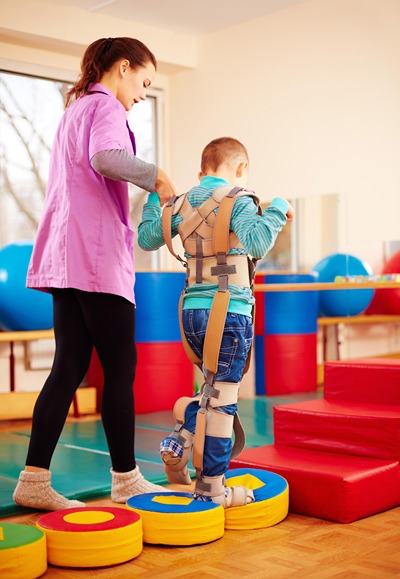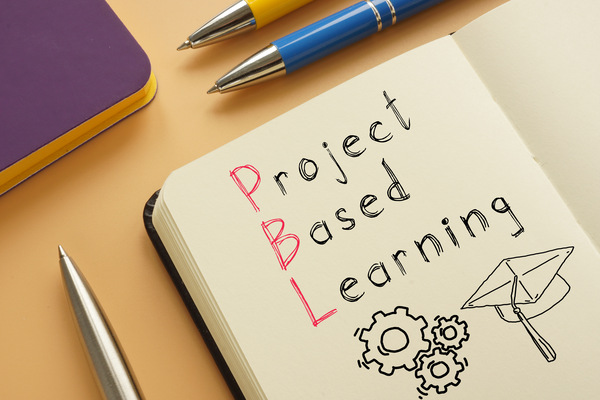In-Car Technology: Friend or Foe? Assessing the Impact on Child Distraction and Safety
The phrase “driven to distraction” takes on a new meaning when you’re behind the wheel on a long journey with a toddler throwing a spectacular tantrum in the backseat or a bit of fun between siblings turns into the third world war. Could some in-car technology keep your children happy and help you drive safely?
On the one hand, digital devices can entertain kids during long drives, helping you keep your sanity intact and your focus on the road. On the other hand, it also comes with its challenges, so is in-car technology a friend or foe?
Should Children Be Allowed Technology in The Car?
Parents are increasingly discussing how much screen time is beneficial for children. The American Academy of Child and Adolescent Psychiatry states that children under two should not play on digital devices or watch TV, and children aged 2 – 5 should have access for no more than one hour per day.
However, an Australian university study discovered that children are approximately 12 times more distracting in a car than a driver using a mobile phone.
Is it better, then, to allow kids some screen time to keep them calm and busy and ensure you can give your full attention to the road?
In-car technology can turn a tedious road trip into a delightful adventure for kids. Games, movies, educational apps, and internet access can keep children engaged for hours. However, this digital convenience comes with some risks and disadvantages that parents must address.
Navigating the Digital Highway on a Road Trip
To harness the benefits of in-car technology while mitigating its risks, parents need to strike a balance. Screen time should not be an automatic go-to whenever your child gets into the car. Teaching kids to occupy themselves and behave well while in a vehicle is the ultimate goal for everyone’s safety, and parents should not use screens to babysit their children or calm tantrums.
If at all possible, try to keep short daily trips screen-free so young children do not expect immediate digital entertainment when they enter a vehicle. You can offer little ones books and toys or play some age-appropriate music for a sing-along. Older children should understand that using their devices during short trips counts towards their daily screen time limit.
However, long journeys are in a different category. Here are some strategies to ensure kids remain entertained, well-behaved, and safe on long journeys.
1. Set Screen Time Limits
Just as you would do at home, establish clear guidelines for screen time in the car. Allocate specific times during the journey when your children may use their devices. Consider allowing them some screen time only later in the journey, as some kids get grumpy when their time is up. Most kids will also not regulate their screen time themselves, so it is up to you to manage this.
They should learn that long journeys can be fun in other ways, like singing silly songs, playing games like I-spy and the license plate game, or simply enjoying chatting with one another. In addition, try to make regular stops for fresh air and freedom from the confines of the car.
2. Manage Content Carefully
While screen time can be a huge lifesaver when you’re trying to focus on the road, your children should not have unlimited freedom with what they watch or the games they play. If your children are still young, you can pre-load age-appropriate movies or educational and interactive games to keep them entertained.
3. Activate Parental Controls
Most in-car entertainment systems and devices allow for parental control, which is an essential part of your children’s digital entertainment. Without restrictions, tech-savvy older children can access all kinds of inappropriate content, apps, and websites, whether intentionally or accidentally. Manage safe search settings for Google search and create strong passwords that only you can change when setting up parental control.
4. Educate Kids on Online Safety
Teach your children about online safety. Explain the dangers of sharing personal information with strangers and the possible risks of interacting with strangers online. Encourage open communication so they feel comfortable telling you about any suspicious encounters.
5. Monitor Online Activities
Regularly check your children’s online activity to prevent them from being exposed to harmful content or people. Use monitoring software or apps that allow you to see their internet usage.
The Advantages of In-Car Technology on a Road Trip
As the screen time debates rage on, we can acknowledge the disadvantages and dangers to your kids spending too much time on their devices. However, if you manage and mitigate the risks, you will find that there are numerous advantages:
- Children can play educational games that entertain and teach them simultaneously. This makes a road trip a learning experience even while driving to your destination.
- Quiet children are conducive to adult concentration and drivers focusing on the road ahead. Anything or anyone that distracts the driver can cause an accident completely unintentionally.
- Kids can sit still for long periods while enjoying screen time, which is helpful on a long journey. This not only limits distractions but also ensures they don’t get bored and start acting out.
Achieving A Safe Balance
In-car technology can be a valuable tool for keeping kids busy and happy on a long road trip.
However, careful management is required to prevent them from becoming digital zombies who disappear into a black hole of games and movies without coming up for air in between. As a parent, it’s up to you to monitor your kids and protect them from online threats.
Ultimately, the secret lies in finding the right balance between digital engagement and real-world interactions. Encourage your kids to enjoy the ride, observe the world around them, and engage in meaningful conversations. Screen time can be their in-between treat and a period of peace and quiet for you. Technology can indeed be your friend (and your children’s) if managed correctly.








